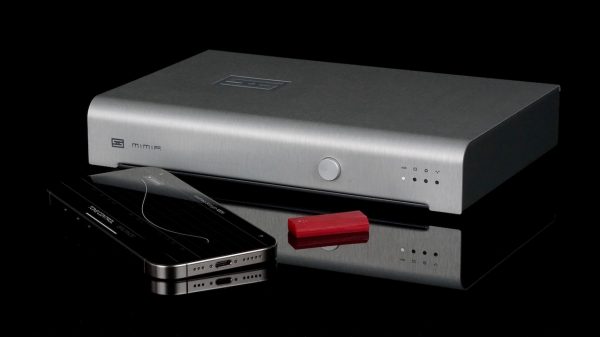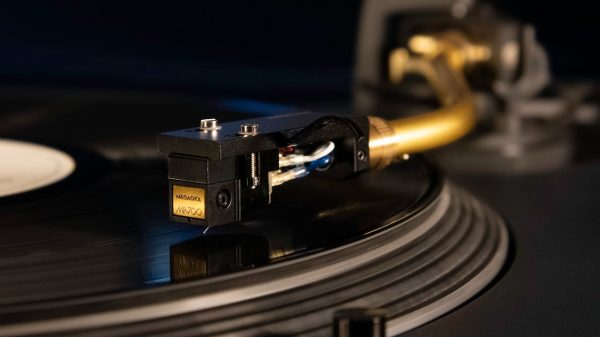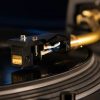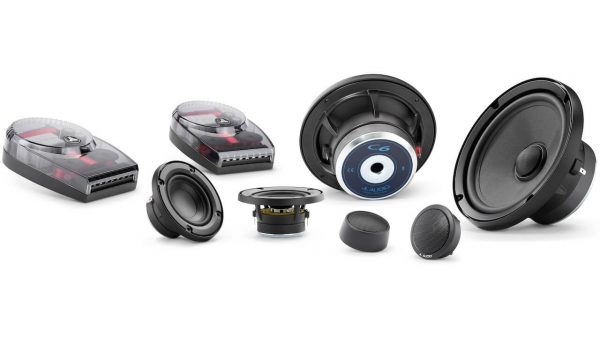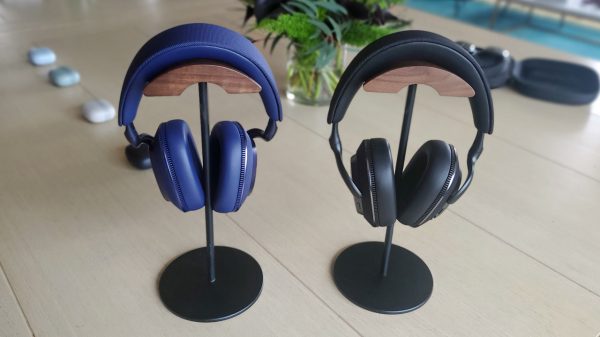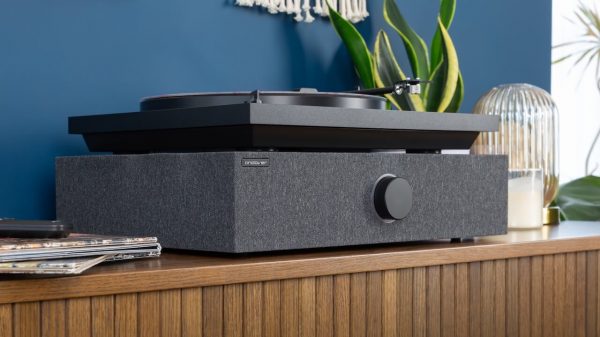DENVER, CO, September 4, 2007 — Russound, the #1 brand in multiroom audio, is introducing two new aesthetically-oriented subwoofers to its popular Complement lineup. The new amplified models combine elegant cosmetics with customized enclosures that yield impressive, room-filling bass response, providing both consumers and integrators with satisfying new options for high-quality audio reproduction.
“We’re constantly re-evaluating and updating products to meet installer demands,” said Russound Product Manager Brad Sylvester. “With the new Complement Subwoofers, installations can be made more compact and stylish than ever. We make our dealers happy when they make their customers happy, and by offering an aesthetic match for more homes and installations, we think everyone will appreciate the benefits of these exciting new subs.”
The two new Complement Subwoofers are the ten-inch SUB105 and the eight-inch SUB85. Both are compact, powerful models featuring optimized enclosures, front-firing drivers and robust amplification, with 80 and 125 watts RMS into 4 ohms, respectively. Both models feature an attractive design that provides versatile placement options without compromising home decor, making high-quality bass response simpler to achieve in less space when installed in a cabinet, and with fewer aesthetic objections when installed outside of a cabinet.
Uniquely, the SUB105 offers a balanced line-level stereo input that connects via conventional CAT-5 cable, using Russound’s RNET A/V system. With a balanced connection, audio signals can travel over long distances without suffering from signal degradation and noise. This feature is especially useful in installations where the audio source is remotely located, such as in an equipment cabinet. For the ultimate in connection flexibility, both the SUB105 and SUB85 feature line-level LFE inputs, stereo line-level inputs, and stereo speaker level inputs with pass-through capability.
The SUB105 features a front-ported design, and is able to deliver clean +/- 3dB reproduction down to a floor-shaking 45 Hz from its surprisingly compact 12″ W x 18.75″ H x 16.75″ D enclosure. The SUB85 employs a sealed-box design and features response down to 50 Hz, even within its streamlined dimensions of 10.16″ W x 14.25″ H x 12.33″ D. Both models feature generous headroom for the instantaneous low-frequency peaks that are common in today’s high-resolution audio and video content. The SUB105 can deliver 185 watts of peak energy for these transients, and the smaller SUB85 can handle peaks of up to 120 watts.
Both models also feature intelligent, energy-conserving electronics with an auto-power mode that initiates amplification immediately upon sensing an audio signal, and puts the system into power-down mode 20 minutes after program material has ended. For ease of integration, each model includes an adjustable level control, a variable crossover, and a phase switch to precisely balance the sub with the other speakers in the audio system. A front-panel power indicator glows
amber for standby mode and green for fully on.
The SUB105 and SUB85 are ideal for use in either home theaters or stereo music systems. They are acoustically matched for Russound Complement LCR7 on-wall speakers, and can also be used with any Russound in-wall or in-ceiling speakers. With US MAP pricing at $499 for the SUB105 and $299 for the SUB85, the new models will be available in Q4 2007.
About Russound
Since 1967, innovation, quality and reliability have been the pillars of the Russound product tradition. Located in Newmarket, N.H., Russound, the #1 brand in multiroom audio*, offers the products and expertise customers need to enjoy multiroom audio and video systems in the home. As the company celebrates its 40th anniversary, Russound continues to cater to installation professionals and their customers by pairing powerful systems using the latest technologies with intuitive controls to give customers high-performance, easy-to-use solutions. For more information, visit the company’s Web site at www.russound.com.
*According to June 2005, 2006 and 2007 studies by EH Research
###

